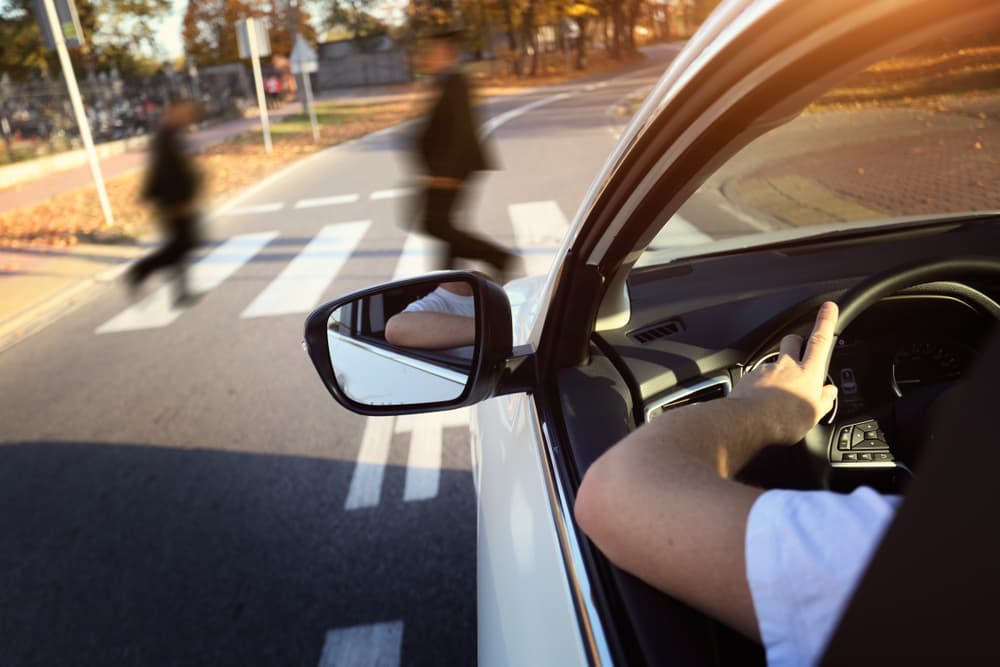
Florida ranks alarmingly high in pedestrian accidents, reflecting a troubling safety concern for those who walk along its bustling streets and thoroughfares.
When pedestrian accidents occur, they not only cause significant physical harm but also emotional and financial distress.
Filing a pedestrian accident claim involves several critical steps, including immediate medical care and legal consultation to protect your rights and interests.
Given the complexities of Florida's personal injury laws, particularly the no-fault insurance system and recently changed comparative fault rules, knowing how to proceed with your claim can significantly influence your ability to secure adequate compensation.
After a pedestrian accident in Florida, contact a pedestrian accident attorney at Hancock Injury Attorneys for your free consultation.
What Are Common Causes of Pedestrian Accidents in Florida?
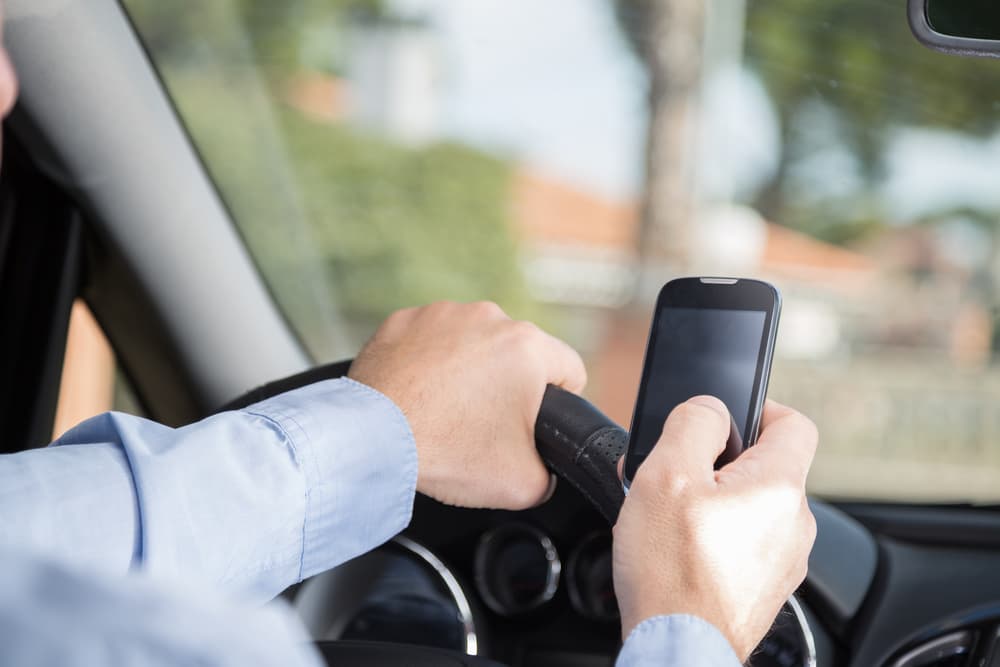
Florida's bustling streets and diverse population make it a hotspot for pedestrian traffic—and, unfortunately, pedestrian accidents.
These incidents often result from complex factors complicating filing claims and seeking compensation.
In Florida, the most frequent contributors include:
- Distracted Driving. Distracted Driving is driving while engaging in any activity that takes your attention away from the road. Activities like texting, using in-car technologies, or other distractions that take a driver’s attention off the road are leading causes of accidents involving pedestrians.
- Failure to Yield. Many accidents occur at crosswalks or intersections when drivers fail to yield the right of way to pedestrians despite traffic signals or laws dictating otherwise.
- Speeding. Exceeding speed limits or driving too fast for conditions reduces a driver's ability to stop or avoid a collision with a pedestrian.
How Severe Can a Pedestrian Injury Be?
Pedestrians lack the protective barriers that vehicles provide, making them highly vulnerable to severe injuries after an accident.
Common injuries include:
- Head and Brain Injuries: These can range from mild concussions to severe traumatic brain injuries that have long-lasting effects.
- Bone Fractures and Orthopedic Injuries: The impact of a vehicle and the subsequent collision with the ground often result in broken bones and complex fractures.
- Soft Tissue Injuries: Sprains, lacerations, and bruising are common and can vary significantly in severity.
The severity of these injuries often necessitates extensive medical treatment, including surgeries, rehabilitation, and long-term care, all of which should be documented thoroughly to support a claim.
What Is the Impact of a Pedestrian Injury on Victims?
The impact of pedestrian accidents extends beyond physical injuries. Victims may experience significant emotional and psychological distress, such as anxiety, depression, and post-traumatic stress disorder (PTSD).
Financially, the inability to work during recovery can strain a victim's resources, complicating their recovery further.
By grasping the common causes, the nature of injuries, and the broader impact of pedestrian accidents, individuals can better prepare themselves to handle the aftermath should they find themselves involved in such an unfortunate event.
Those filing claims and anyone who walks in busy areas needs this knowledge, reinforcing the importance of vigilance and awareness to prevent accidents.
How Does Florida Law Treat Pedestrian Accidents?
Florida’s No-Fault Insurance System
Florida employs a comparative fault rule in accident claims, which affects compensation.
Under Florida's no-fault insurance system, individuals primarily rely on insurance policies to cover medical expenses after an accident, irrespective of who was at fault.
Similar to drivers, pedestrians may access these benefits under their personal injury protection (PIP) if they hold such a policy. For those without PIP, this can lead to challenges, highlighting the value of legal guidance.
Florida’s Comparative Fault Rules
In March 2023, Florida introduced significant changes to its comparative negligence laws by enacting HB 837.
This law shifts Florida from a pure comparative negligence state, where a plaintiff could recover damages even if they were 99 percent at fault, to a modified comparative negligence standard.
Under the new law, plaintiffs who were more than 50 percent responsible for their injuries cannot recover any damages.
This aligns Florida with most states with similar modified comparative negligence laws.
The law applies to all negligence actions filed after March 24, 2023, except for medical malpractice claims, which still follow the pure comparative negligence standard.
The Statute of Limitations for Florida Pedestrian Accidents
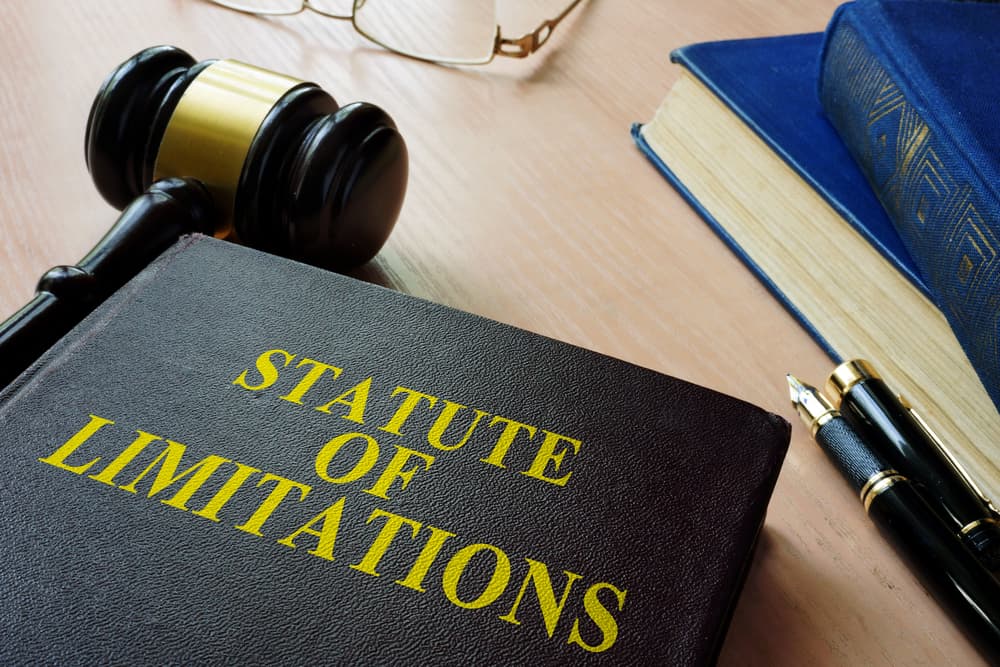
The statute of limitations for personal injury claims in Florida has recently been changed.
Effective March 24, 2023, the timeframe to file a negligence-based personal injury lawsuit has been reduced from four to two years.
This change means that if an injury occurs on or after this date, the injured party has only two years from the date of the injury to initiate legal action.
The opportunity to seek compensation is lost if the claim is not filed within this period.
This significant alteration to the statute of limitations is part of a broader tort reform in Florida, aiming to streamline the legal process and limit prolonged liabilities.
It's important for individuals who have been injured to act swiftly to ensure their rights are protected and to seek legal guidance promptly.
The reduced window accelerates the need for action and underscores the importance of gathering and preserving evidence early to support potential claims.
Do I Need a Lawyer for a Pedestrian Accident in Florida?
Given the complexities of Florida’s insurance laws and the system of determining fault, you need a knowledgeable attorney.
They can clarify how these laws relate to your situation, timely and correctly file your claim, and uphold your rights throughout the process.
Your lawyer will manage your claim effectively and pursue all available compensation avenues.
Consult a Florida pedestrian accident lawyer experienced in personal injuries for tailored advice.
Steps to Take Immediately After a Pedestrian Accident
After a pedestrian accident in Florida, taking immediate and structured actions can significantly influence the outcome of any subsequent claims for damages.
Immediate Actions at the Accident Scene
- Safety First. Ensure you are in a safe location, away from further harm. Check for injuries and call 911 if medical attention is needed.
- Contact Law Enforcement. It is essential to have the police come to the scene so they can file a report. This report will be a key document when you file your insurance claim.
- Gather Evidence. If you can, take photographs of the accident scene, including street signs, the vehicle that hit you, and any visible injuries. This visual evidence can be crucial in supporting your claim.
- Collect Witness Information. Ask anyone who saw the accident for their contact information. Witness statements can corroborate your account of the incident.
Steps to Take After a Pedestrian Accident
- Seek Medical Attention. Visit a doctor immediately, even if you feel fine. Some injuries, like internal bleeding or concussions, might not show symptoms right away. Medical records will serve as proof of your injuries and their extent.
- Notify Your Insurance Company. Inform your insurance provider about the accident. However, limit your communication to the facts and avoid admitting fault or giving detailed statements without consulting a lawyer.
- Keep Records. Document everything related to the accident, including medical visits, treatments, missed workdays, and how your injuries impact your daily life. This documentation will be vital when you seek compensation.
Consulting a Lawyer
Consult a personal injury lawyer who understands Florida's specific laws related to pedestrian accidents.
A lawyer can guide you on proceeding with your claim, help with evidence collection, and represent your interests during insurance negotiations or legal proceedings.
Taking these steps promptly can help protect your rights and improve your chances of receiving fair compensation for your injuries and other losses.
Acting quickly also helps ensure that all evidence is preserved and that you meet all necessary legal deadlines for filing a claim.
By understanding and following these steps, you can better manage the immediate aftermath of a pedestrian accident, setting a solid foundation for any necessary legal actions.
How to File a Pedestrian Accident Claim in Florida
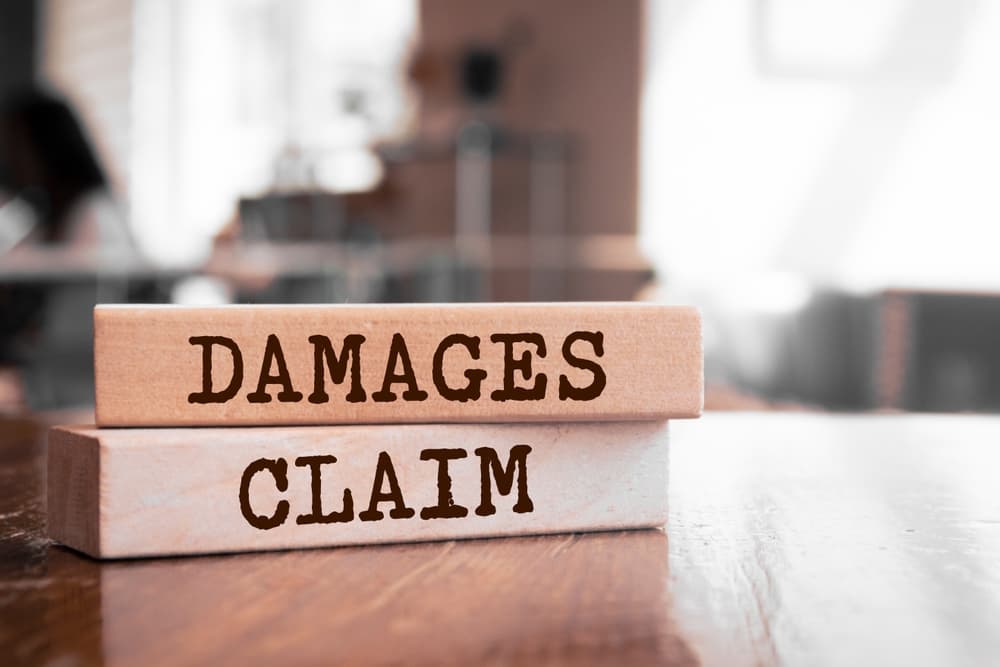
Understanding the steps in initiating a claim after a pedestrian accident in Florida is vital to navigating the process effectively and securing appropriate compensation.
Step 1: Determine Where to File the Claim
Depending on the specifics of the accident, you might file a claim with:
- Your own insurance company. Under personal injury protection (PIP), you can be covered with auto insurance.
- The at-fault driver's insurance company. If the driver is deemed responsible for the accident.
- A third-party claim. If other factors, like a malfunctioning traffic signal or poor road conditions, contributed to the accident.
Step 2: Documenting Your Claim
Compiling a comprehensive set of documents is necessary to support your claim.
Essential documents include:
- Police report. Obtained from the responding officers, this report provides an official account of the accident.
- Medical records. Document injuries and treatments to establish the link between the accident and your injuries.
- Witness statements. Accounts from bystanders can support your version of events.
- Photographic evidence. Photos of the scene, your injuries, and any property damage.
- Employment records and wage loss documentation. If you’ve missed work or lost income due to the accident, these records can support claims for lost wages.
Step 3: Filing the Claim
After gathering all necessary documentation, the next step is to file your claim. This involves:
- Contacting the insurance company. Notify the insurance provider(s) about the claim. This is typically done in writing, providing accident details and supporting documentation.
- Review of the claim by the insurer. The insurance company will review the claim to determine fault, liability, and the extent of damages covered.
Step 4: Dealing With Settlement Offers
Once the insurance company processes your claim, if it offers a settlement:
- Review the offer carefully. Ensure it covers all your damages, including medical expenses, lost wages, and pain and suffering.
- Negotiate. If the initial offer is insufficient, you may need to negotiate for a higher amount. This is where having legal assistance can be particularly beneficial.
- Accept or decline the offer. If you reach an agreement, you will settle the claim. If not, you might need to escalate the matter to mediation or litigation.
Step 5: Legal Assistance
Throughout the claims process, having the support of an experienced attorney familiar with pedestrian accident claims in Florida can be invaluable.
They can help ensure that all filings are handled correctly and that you receive fair treatment from insurance companies.
A Florida personal injury lawyer can also represent you in negotiations or court if the settlement process does not result in a satisfactory outcome.
Acting promptly and thoroughly documenting the accident and its aftermath are critical factors in achieving a positive resolution to your claim.
How Long Does It Take to Settle a Pedestrian Accident Claim?
Once you have filed a pedestrian accident claim in Florida, understanding the timeline for settlement can help you manage expectations and prepare for the financial aspects of recovery.
Typical Duration of the Settlement Process
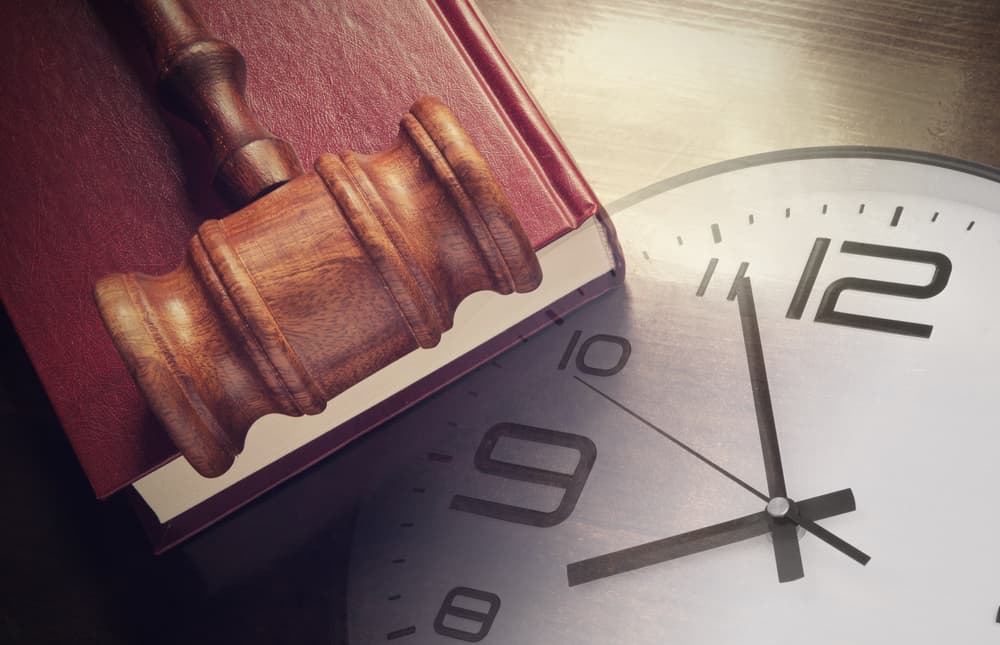
The time it takes to settle a pedestrian accident claim can vary significantly based on:
- Complexity of the Case. Claims involving clear liability and straightforward damages may be resolved quicker than those where fault and damages are disputed.
- Severity of Injuries. More severe injuries may require a more extended recovery before the full extent and cost of medical treatment are known. This can delay settlements until a clearer picture of long-term impacts is available.
- Insurance Company Responses. Some insurers may respond quickly to claims, while others might take longer to process and negotiate settlements.
Key Phases in the Settlement Timeline of a Pedestrian Accident
- Initial Filing and Response. Insurance companies typically have a set period (often about 30 days) to acknowledge receipt and begin their investigation after submitting your claim.
- Investigation and Documentation. This phase involves gathering and verifying all claim-related documents. It can take several weeks to several months, depending on the availability of evidence and the cooperation of all parties involved.
- Negotiation. The negotiation phase begins once the investigation is complete and damages have been assessed. This can vary in length based on both parties' willingness to reach a fair settlement.
- Resolution or Litigation. The claim is resolved if negotiations lead to an agreeable settlement. If the insurance company does not offer a fair settlement, the claim may proceed to mediation or litigation, significantly extending the timeline.
Considerations for Expedited Settlements
While quick settlements can be appealing, they may only sometimes be in your best interest. Ensuring that the settlement fully covers all current and future costs related to the accident is essential.
Accepting an insurance company's offer too quickly may result in inadequate compensation, especially if injuries are more severe or longer-lasting than initially thought.
The Importance of Legal Representation
Legal representation is beneficial throughout the settlement process. A lawyer can guide you through each phase, from filing the claim to negotiating settlement terms.
They ensure all legal deadlines are met and you receive the most favorable outcome possible. Lawyers are also prepared to take the case to court if a fair settlement cannot be reached through negotiations.
Understanding these steps and preparing for the potential duration and complexity of the claims process can help reduce stress and ensure that you focus on recovery.
Having a clear timeline and knowing what to expect at each stage will allow you to make informed decisions about your claim.
Contact a Florida Pedestrian Accident Attorney Today
If you were recently injured in a pedestrian accident due to the negligence of a driver or another party, you might be entitled to compensation.
A competent personal injury attorney in your area can assess the details of your accident and estimate the potential value of your claim.
Your personal injury attorney will manage all necessary procedures for you and strive to secure the maximum compensation for your damages.